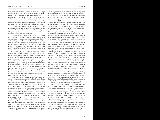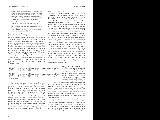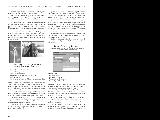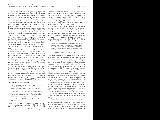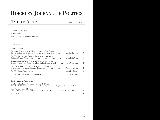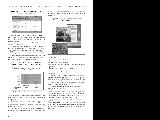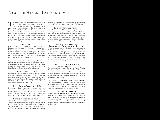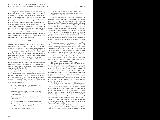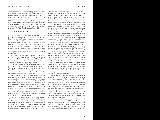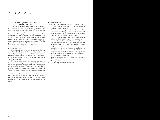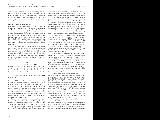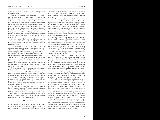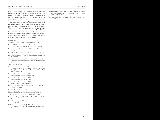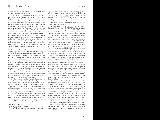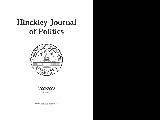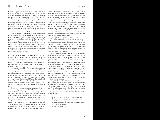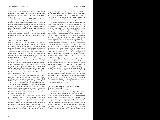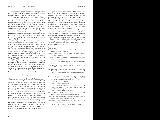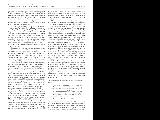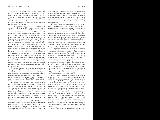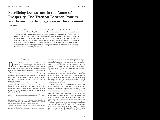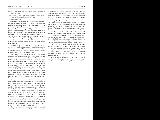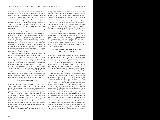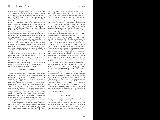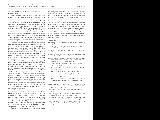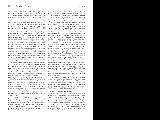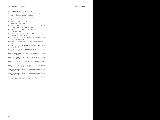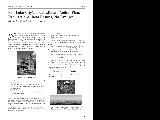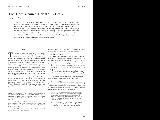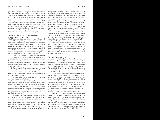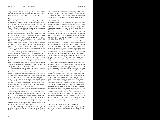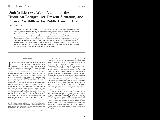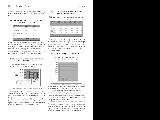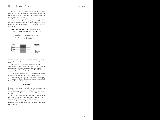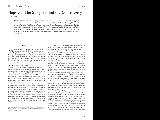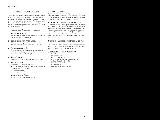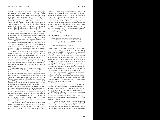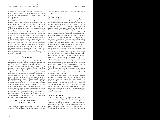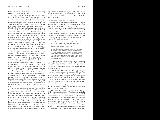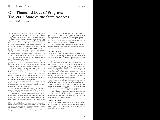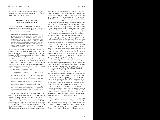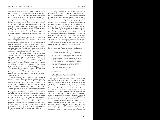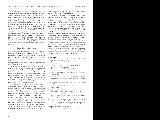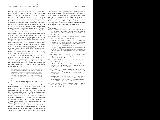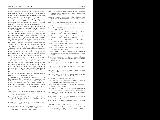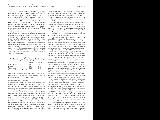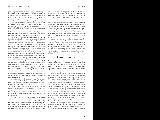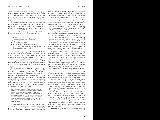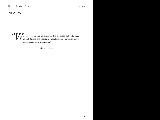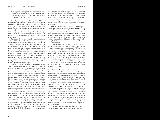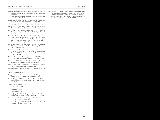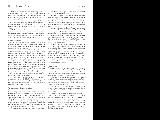| OCR Text |
Show THE HATE CRIMES DEBATE IN UTAH Jennifer Lee Jones Example 3- Members of gang Atag@ graffiti on every building in a neighborhood, including a Jewish synagogue. The graffiti is not anti-Jewish in nature. This IS NOT a hate crime because the synagogue just happened to get tagged with the gang graffiti along with every other building in the neighborhood, and specific bias against Jews is not displayed. Example 4- a homosexual man assaults a heterosexual man because of his hatred toward heterosexual men. During the assault, the homosexual man repeatedly states that this world would be a better place if all the heterosexuals were killed. Even though the victim was a member of a Aminority group@ this still IS a hate crime because he was assaulted based solely on his sexual orientation. (BCI 2001) THE SCOPE OF THE PROBLEM Hate crimes are a serious problem in our society. Hateful acts are present in schools, on television, radio, books magazines, and on the Internet. The horrifying impact of hate is felt in every city and town throughout America. The scope of the problem at the national level has become clearer with the passage of the Hate Crime Statistics Act of 1990. Congress mandated the collection of information about crimes motivated by bias against a person's race, religion, sexual orientation, and/or ethnicity/national origin. The hate crimes data collection program has become a part of the FBI's annual Uniform Crime Report (UCR). This program began with a sample of 11 states in 1990 and has grown to cover more than 12,122 agencies in 48 states that submit data covering 85 percent of the country (FBI Hate Crime Statistics 1999, 1). Following is the statistical data showing the national and Utah percentages. FEDERAL AND STATE LAWS The Federal Government does not have an official hate crimes statute. Senator Edward Kennedy (D-Massachusetts) has spearheaded an effort to pass the Hate Crimes Prevention Act (HCPA) every year since!997. In 2001 the national hate crimes bill had a name change, it is now called the Local Law Enforcement Enhancement Act of 2001 (LLEEA) S625IS (U.S. Senate, 2001). This bill proposes that the Attorney General of the United States can provide, by the request of state law enforcement or Indian tribe official, with technical, forensic, prosecutorial, or any other form of assistance in the criminal investigation or prosecution or any violent crime or felony that is motivated by prejudice based upon the race, color, religion, national origin, gender, sexual orientation or disability of the victim. The bill also outlines the penalties for those prosecuted for such actions, and provides for the sentencing committee to study and issue sentencing enhancements to adults who have recruited juveniles to commit or assist in the commission of a hate crime (U.S. Senate, 2001. §§ 4, 8). Forty-seven states and the District of Columbia utilize one form or another of a hate crimes law. Idaho and Wyoming are the two states that do not have any form of a hate crimes statute and Utah's current hate crimes statute is so vague that cases are routinely thrown out of court. Paul Boyden of the Statewide Association of Public Attorneys (SWAP) said, "Local law enforcement and prosecutors look for some sort of federal connection to bring charges to prosecute most of Utah's hate crimes at that level instead of using our current law (Boyden, 2001)." Hate Crimes Sexual Total 2000 Statistics National Racial 54.7% Religion 16.4% Orientation 15.9% Ethnicity 12.4% Disability .04% Multiple Bias .0.2% Incidents 8152 Utah 52.1% 18.3% 16.9% 12.7% 0 0 71 Hate Crimes Sexual Total 1999 Statistics National Racial 56.3% Religion 16.5% Orientation 16.0% Ethnicity 10.9% Disability 0.2% Multiple Bias .01% Incidents 7876 Utah 52.4% 13.6% 17.0% 17.0% 0 0 59 (FBI-UCR, 1999 & 2000) Nine known hate groups have arrived in Utah since 1998: however it is unknown how many more unofficial groups exist (Suazo, 2001). One recent example conveys the enormity of the problem better than statistics. On Halloween night in 1998 Bernard Repreza was murdered by a Straight Edger gang in downtown Salt Lake City (Jensen, 1999, B2). The late Senator Pete Suazo recalled the Repreza murder. He was killed in front of the Federal Building by a gang of 30 Straight Edgers (Suazo, 2001). They beat him with a spring loaded bully club, metal batons, and bats and finally stabbed him in the stomach (Jensen 1999, B6). The Edgers' beliefs are anti-smoking, anti-meat eating, anti-ethnic, and anti-immigrant. Although police claimed this was not a hate crime, Senator Suazo contended that the Straight Edgers' targeted him because he was Latino and small (Suazo, 2001). THE CURRENT UTAH STATUTE In 1990, a Jewish woman approached Representative Frank Pignanelli (D-Salt Lake City), and asked him if he would sponsor some legislation addressing the hate crimes issue. A group of skinheads had moved into her neighborhood, and found out she was Jewish; they painted swastikas and "Die Jewish Slut" on her home. When the woman called the police, she was told the perpetrators could be charged with property damage only, but not discrimination. At the time there were no bias or discrimination laws on the Utah books. A few weeks after this incident, the same group broke into her home and gang raped her. "These crimes were more heinous and more severe," Pignanelli noted, "because they pre-selected this woman on the mere basis of her being a Jew (Pignanelli, 2001). After hearing this woman's story, Pignanelli began his research into the hate crimes issue to determine the need for a law, and how a law might be enforced. He spoke with the Attorney General's office, state and local law enforcement, attorneys, and the various minority organizations, and found that every group he spoke to said they could benefit from a hate crimes laws. This support and passage of similar legisla- 50 |

